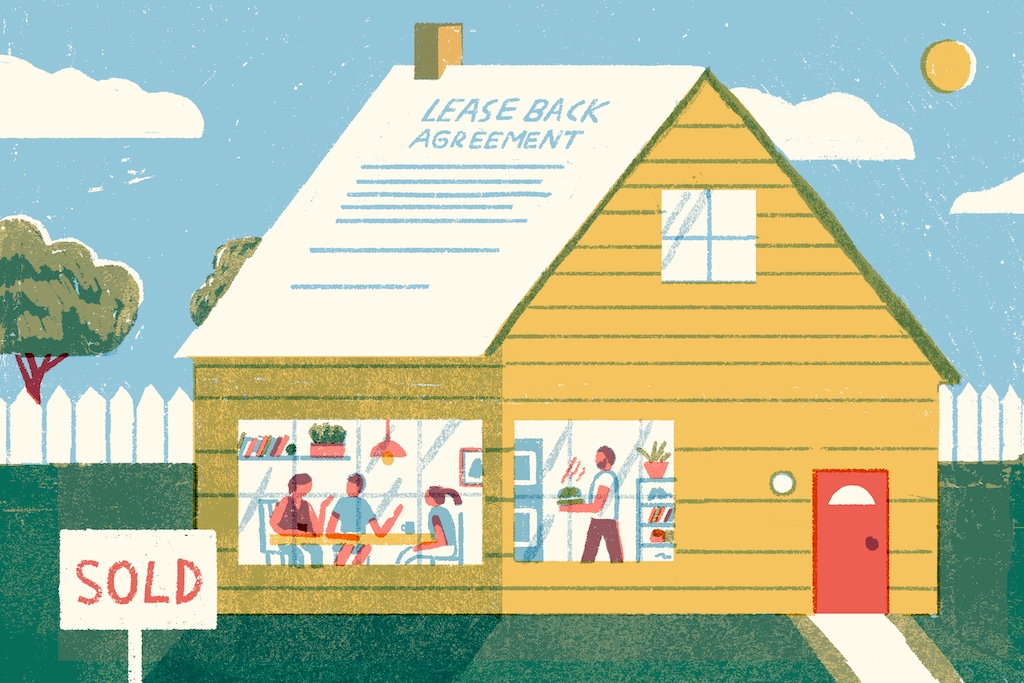A sale-leaseback happens when a company sells its acquired or newly developed property and then immediately leases it back from the new owner. In this arrangement, the company that originally owned the asset becomes the tenant/lessee, and the buyer becomes the landlord/lessor.
Here’s how the process generally works:
- Sale of Property: The company that owns the asset sells it to another party.
- Lease Agreement: Immediately after the sale, the original owner (now the lessee) enters into a lease agreement with the new owner (now the lessor). The terms of the lease, including the rental amount, duration, and other conditions, are negotiated as part of the transaction.
- Leaseback Benefits: The original owner, now the tenant/lessee, gains immediate capital from the sale of the asset while retaining the use and possession of the asset through the leaseback arrangement.
Benefits of a sale-leaseback.
- Allows the company to free up cash tied up in real estate or other assets, which can then be used for various purposes, such as debt reduction, expansion, or investment in core business activities.
- The buyer now landlord receives a steady stream of rental income from leasing the asset. The landlord gets to keep the real estate even after the tenant moves out.
Detriments of a sale-leaseback.
- While sale-leasebacks can provide financial flexibility, companies should carefully evaluate the long-term costs associated with leasing versus owning and consider the impact on their financial statements and ratios.
- The terms of the lease agreement, including rental rates and duration, are crucial aspects that need to be carefully negotiated to ensure a mutually beneficial arrangement for both parties.
Real Life Example: National Car Wash

